|
|
|
|
|
The study is published in PLOS ONE.
The tropical Andes house an estimated 1/6 of the Earth’s biodiversity and have also experienced a rate of warming nearly double that of the global average over the past few decades. Lakes are key to sustaining the regions rich biodiversity, as well as human populations, but have received little research attention.
“Until recently we knew little about the effects of recent climate changes on tropical high-mountain lakes” says Neal Michelutti, lead author and a senior research scientist at Queen’s University’s Paleoecological Environmental Assessment and Research Lab (PEARL).
Because long-term monitoring data are generally unavailable in remote regions such as the Ecuadorian Andes, the team relied on using the history of past ecological changes that are preserved in lake sediment cores. The researchers focused on changes in fossil assemblages of microscopic algae (diatoms) to chronicle ecological changes over the last several centuries. All three study lakes show identical changes, namely a sudden rise in the number of planktonic (open water) diatoms from trace abundances to dominance beginning in the early 1960s.
“These are important threshold-type changes in lake ecology. Rising temperatures and declining wind speeds have forced these lakes towards new ecological and physical states that are unprecedented within the context of recent centuries” says Dr. Michelutti.
“The timing of these changes occurs in close synchrony to more conspicuous climate-related changes in the Andes, such as rapidly retreating glaciers” notes co-author John Smol, a professor in the Department of Biology and the Canada Research Chair in Environmental Change.
Diatoms are sentinels of environmental change – often the first species to respond to changing conditions. The shift in dominance to planktonic diatoms is significant because this often reflects a corresponding change in the physical properties of the water column, which can affect nutrient flow and thus all living creatures in the lakes.
“We have previously recorded similar types of threshold shifts in polar and temperate regions. These changes are harbingers of processes that will likely affect the food chain and reverberate throughout the ecosystem. We now have data showing that lakes from the Arctic to the Andes, and everywhere in between, are rapidly changing due to our impacts on climate”, notes Prof. John Smol.
Also on the team are: Alexander Wolfe (University of Alberta) Colin Cooke (Government of Alberta), William Hobbs (Washington State Department of Ecology) and Mathias Vuille (University at Albany, SUNY).

Contact:
Rosie Hales or Anne Craig
News and Media Services
Queen's University
Kingston, Ontario, Canada
Anne 613-533-2877
anne.craig@queensu.ca
Rosie 613-533-6000 x77513
rgh3@queensu.ca
Attention broadcasters: Queen's can provide high-quality audio and video feeds. For television, we can provide a live, real-time double ender via fibre-optic cable.
NOTE: For high-resolution JPEGS related to this paper, Click Here.
|
Neal Michelutti |
Will Hobbs |
|
Colin
Cooker>
Department of Geology and Geophysics, |
Mathias Vuille |
|
Dr. Alexander
P. Wolfe |
John P. Smol |

|